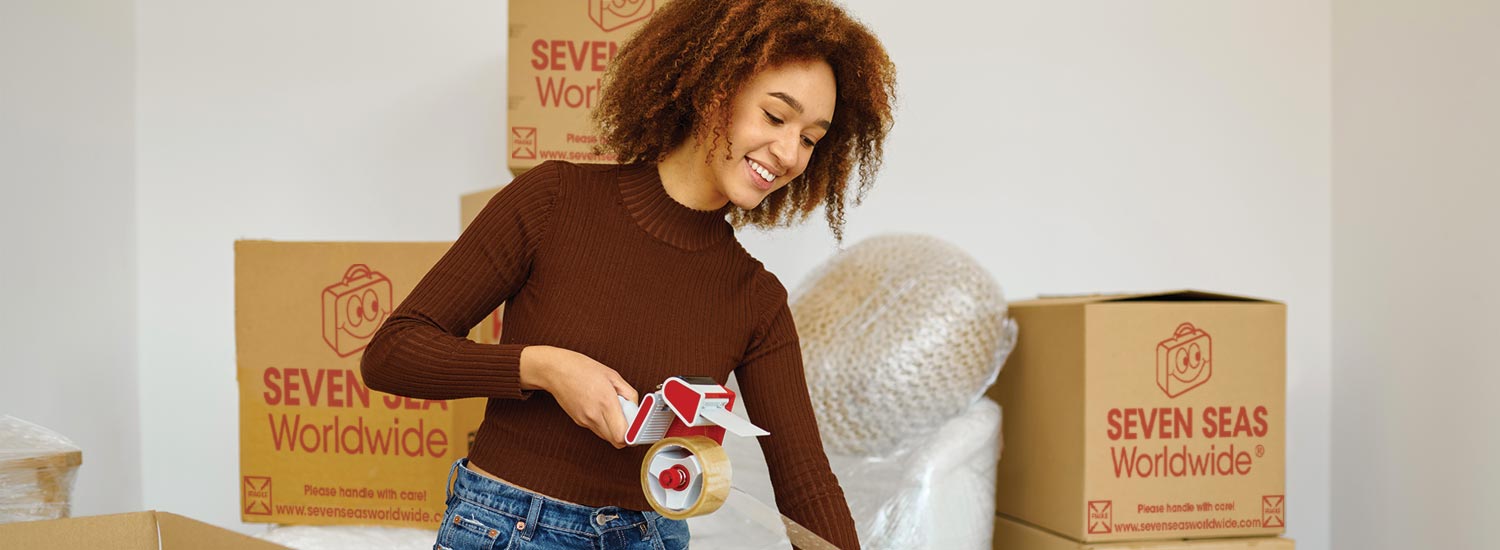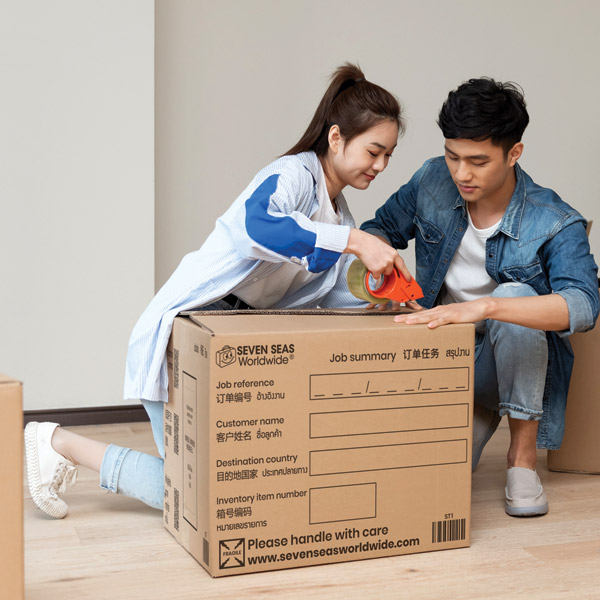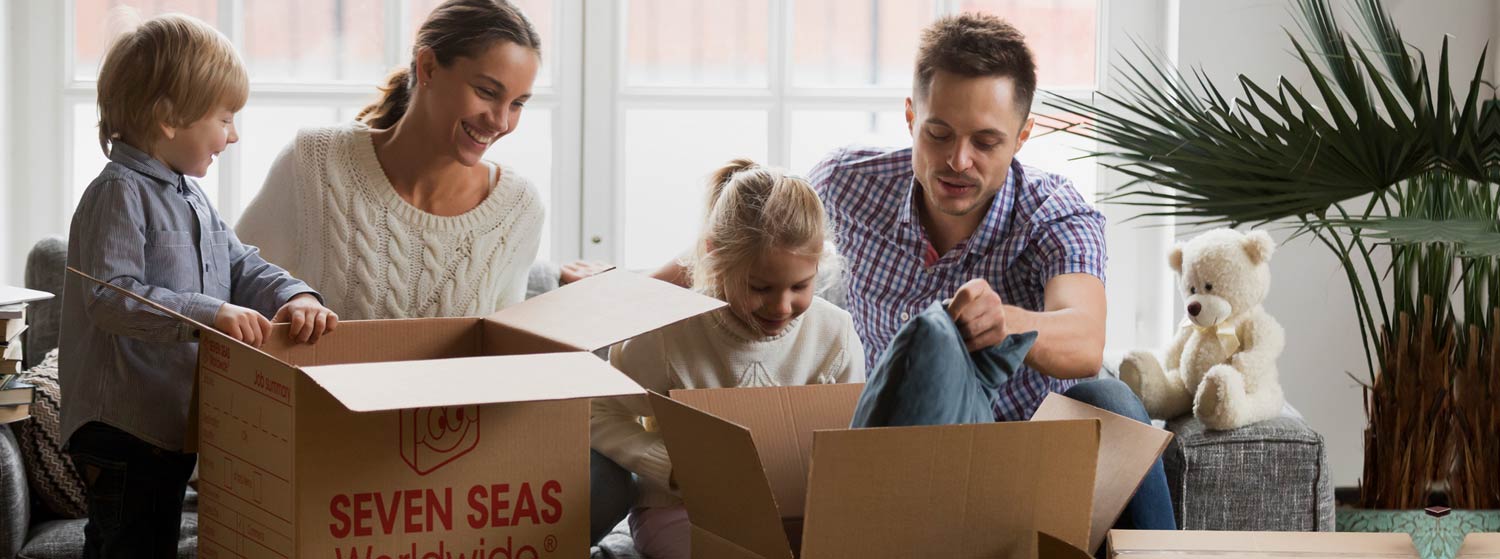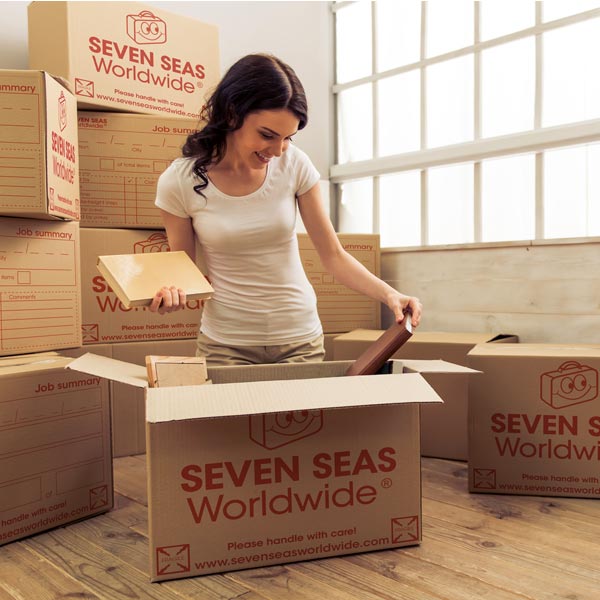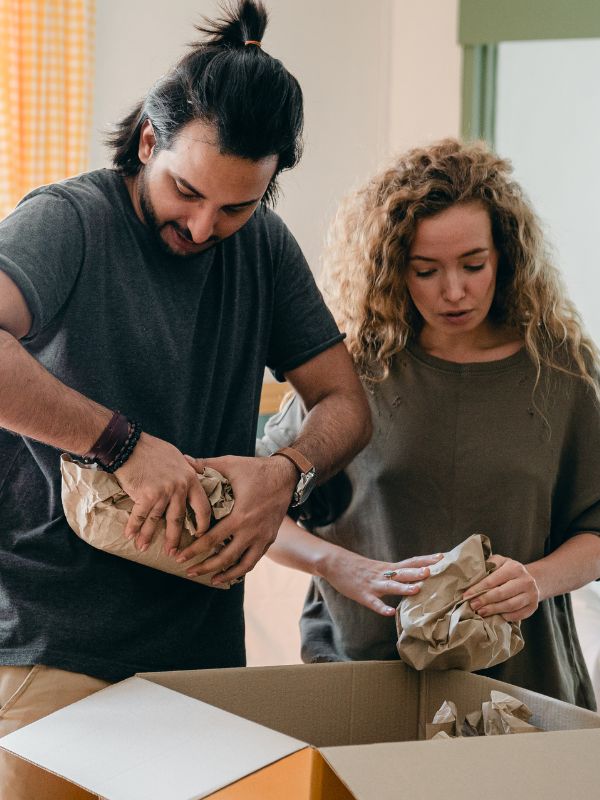Before packing, check this list of items prohibited from entering a particular country or region.
Key takeaways
- The best way to ship glass is to book the services of a credible shipping company, complete the necessary customs documents (including providing copies of your visa and passport and a detailed inventory listing all the goods in your shipment) and schedule a collection date at the destination.
- To ship glass without breaking, use corner guards on vulnerable areas, line boxes with shock-absorbing foam or gel padding, fill gaps with inflatable air cushions, and consider sending containers loaded with fragile items inside a moving pod like the MoveCube®.
- When packing glass for shipping, clean and dry the item, wrap it in plenty of bubble wrap and place it in a double-walled cardboard box, then add packing peanuts for cushioning, seal the lid with parcel tape, and label the box with "Fragile" stickers.
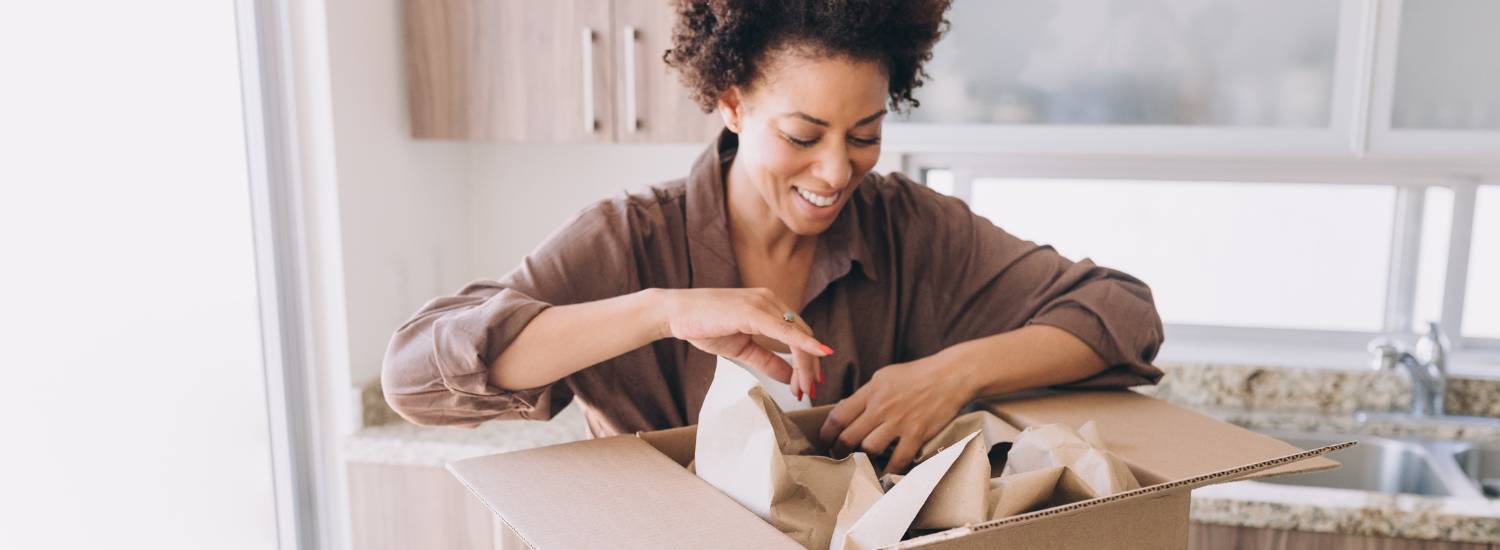
Best way to ship glass
The best way to ship glass is to use a trusted international shipper that suits your needs and budget. Choose a well-respected company with experience sending fragile household items and offers global tracking, customs clearance, and door-to-door delivery. Before deciding, compare shipping methods (air vs. land vs. sea), costs, delivery times, and insurance options — essential for sentimental and/or expensive glass items.
Before packing, take clear images of your item showing defects, such as chips, cracks, or scratches. This provides proof in case of an insurance claim due to improper handling. Then, print your shipper-provided labels clearly showing your name, contact number, and destination and return addresses.
If shipping overseas, complete all required customs documents accurately, including customs forms, passport and visa copies, and a detailed packing list of everything in your shipment. Include each item's value and receipts or purchase orders to avoid fines or delays. Research relevant import regulations before booking, as some nations charge customs duties and destination fees. Finally, schedule a collection date and keep hold of your tracking number to monitor your shipment's progress worldwide.
Choose a well-respected company with experience sending fragile household items and offers global tracking, customs clearance, and door-to-door delivery.
How to ship glass without breaking
To ship glass without breaking requires proper preparation to absorb any shocks during transit.
Follow these next-level tips to ensure maximum protection for your item:
- Structural support: use foam edge/corner guards* on vulnerable areas to distribute impact force. For framed glass, reinforce the frame with wooden battens or corrugated cardboard*.
- Suspension packing: stretchable straps or inflatable air cushions can suspend the glass within the box to minimise contact with container walls.
- Vibration dampening: line the box with anti-static foam* or gel padding to lessen high-frequency shocks during transit.
- Load distribution: if shipping with a moving pod like the MoveCube®, place boxes containing glass towards the middle and surround them with softer things, such as bedding, to buffer impacts.
- Carrier selection: opt for international removals experts with experience moving high-value, fragile items to reduce stress.
- Climate control: add silica gel packets* to combat humidity, or opt for climate-controlled shipping for sensitive items, such as antiques, stained art, or scientific glass.
How to pack wine glasses
Watch our step-by-step video on how to pack wine glasses for international transit.

Packing glass for shipping
When packing glass for shipping, ensure the item is thoroughly clean and dry to prevent moisture or residue damage during transit. Then, wrap it in foam sheeting* and several layers of bubble wrap, depending on its fragility and size. For antique glass, consider acid-free tissue before adding foam to prevent static. Cover the item in bubble wrap vertically, then horizontally. Pay close attention to particularly vulnerable sections, like corners, edges, or anything that protrudes.
Next, choose a double-walled cardboard box slightly larger than the item. Layer a couple of inches of paper or packing peanuts along the bottom of the box to cushion your glass. Then, place the item in the centre of the box, surround it with more cushioning and secure the lid with packing tape*. Give the box a gentle shake. If you hear anything move, add more packing tape until it stops.
If you're packing several glass items, separate them using cardboard dividers inside the box. However, you must wrap each item individually to prevent them from knocking into each other. Pack flat glass, such as mirrors, frames, or panels, upright, not lying down.
Since glass is so fragile, it is highly susceptible to transit damage. Therefore, double-boxing is advisable. Place your boxed glass inside another cardboard box a few inches bigger, then cushion and seal it like before. Finally, label the box clearly with "Fragile" and "This way up" stickers.
Here are common types of shipped glass and some recommended extra precautions:
- Glassware (e.g. drinking glasses, bowls): wrap individually using plenty of cushioning materials and stand vertically. Pay particular attention to rims and stems, which are prone to chipping.
- Mirrors and picture frames: tape an "X" over the glass with low-residue tape* to reduce shatter risk and wrap entirely in tissue or packing paper. Place cardboard sheets on either side to add rigidity.
- Table tops: use edge protectors and ensure they are double-boxed with substantial padding to prevent stress fractures.
- Antique or decorative glass (e.g. stained glass, etched glass): use acid-free tissue before wrapping to protect surfaces and prevent scratching.
- Cookware (e.g. baking dishes, casserole pots): wrap the base and lid separately with plenty of cushioning, and pack upright to avoid pressure on fragile edges.
- Lenses (e.g. camera or optical lenses): wrap in anti-static cloth* before cushioning, and avoid direct pressure on the glass surface.
*Seven Seas Worldwide does not endorse these products.
